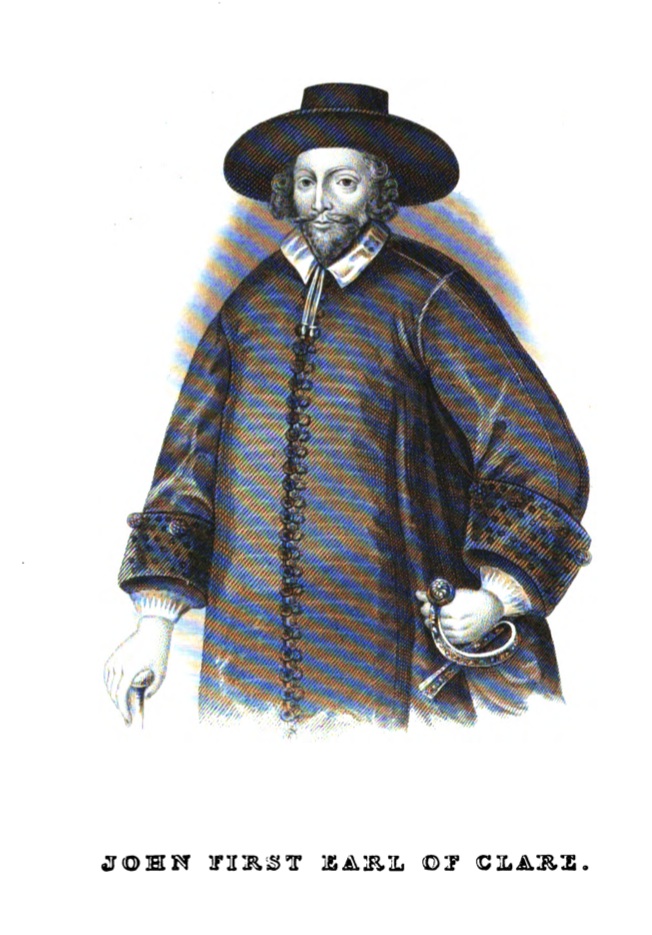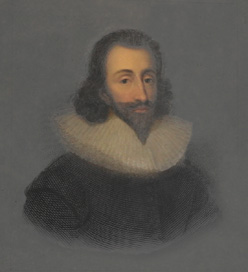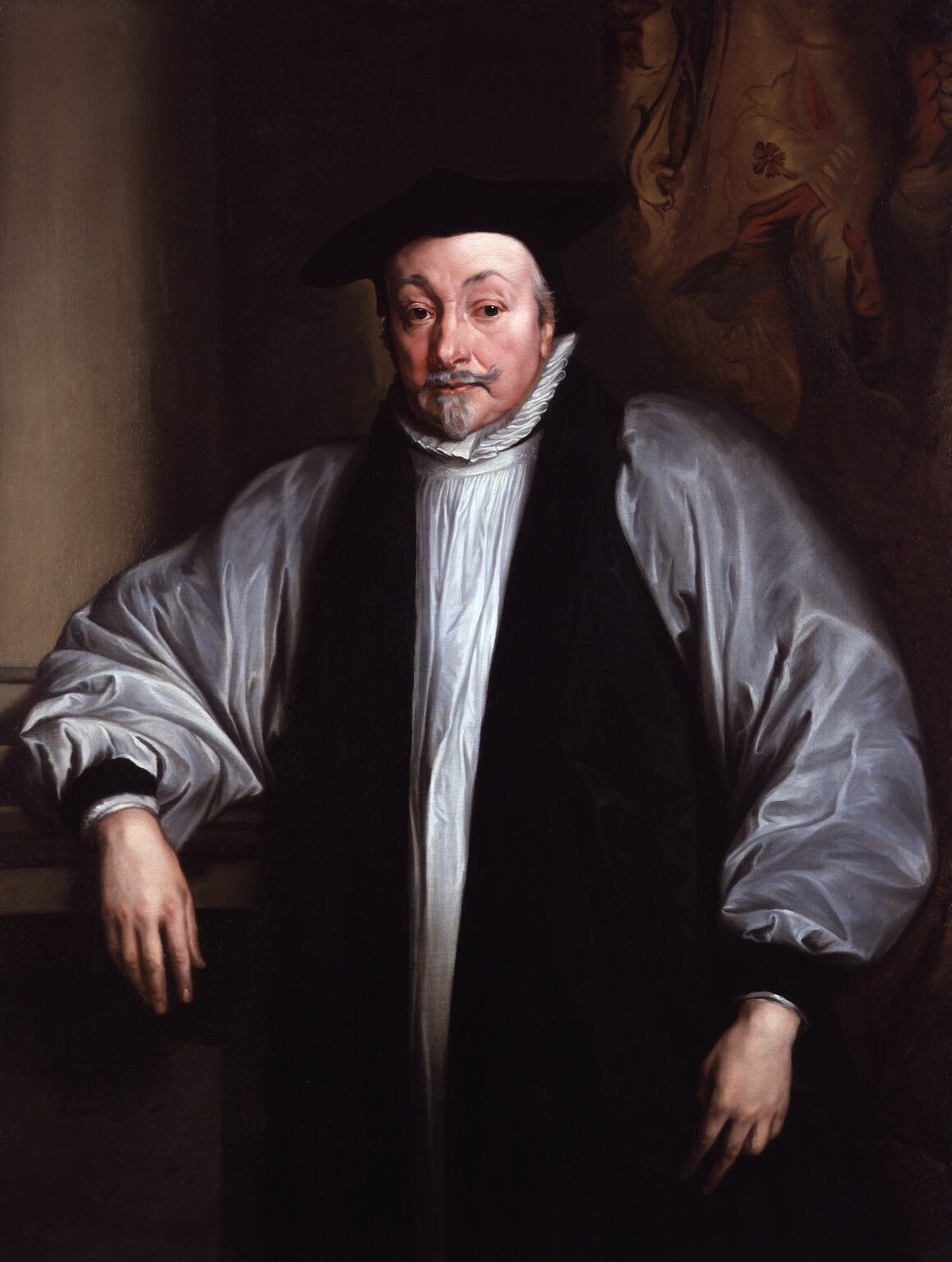|
Timeline Of The English Civil War
This is a timeline of events leading up to, culminating in, and resulting from the English Civil Wars. Events prior to the English Civil War : *1626 – Parliament dismisses George Villiers, 1st Duke of Buckingham from command of English forces in Europe; Charles I, furious, dismisses Parliament. *1628 – Charles recalls Parliament; Parliament draws up Petition of Right which Charles reluctantly accepts. John Felton murders George Villiers in Portsmouth. *1629 – Charles dismisses Parliament and does not call it again until 1640, thus commencing the Personal Rule *1633 – William Laud appointed Archbishop of Canterbury. *1637 – Charles attempts to impose Anglican services on the Presbyterian Church of Scotland, Jenny Geddes reacts starting a tumult which leads to the National Covenant. *1639–1640 – Bishops' Wars start in Scotland. 1640 *13 April, first meeting of the Short Parliament *5 May, Charles dissolves the Short Parliament *26 October, Charles forced to sign ... [...More Info...] [...Related Items...] OR: [Wikipedia] [Google] [Baidu] |
English Civil War
The English Civil War (1642–1651) was a series of civil wars and political machinations between Parliamentarians (" Roundheads") and Royalists led by Charles I ("Cavaliers"), mainly over the manner of England's governance and issues of religious freedom. It was part of the wider Wars of the Three Kingdoms. The first (1642–1646) and second (1648–1649) wars pitted the supporters of King Charles I against the supporters of the Long Parliament, while the third (1649–1651) saw fighting between supporters of King Charles II and supporters of the Rump Parliament. The wars also involved the Scottish Covenanters and Irish Confederates. The war ended with Parliamentarian victory at the Battle of Worcester on 3 September 1651. Unlike other civil wars in England, which were mainly fought over who should rule, these conflicts were also concerned with how the three Kingdoms of England, Scotland and Ireland should be governed. The outcome was threefold: the trial of and ... [...More Info...] [...Related Items...] OR: [Wikipedia] [Google] [Baidu] |
Root And Branch Petition
The Root and Branch Petition was a petition presented to the Long Parliament on December 11, 1640. The petition had been signed by 15,000 Londoners and was presented to the English Parliament by a crowd of 1,500. The petition called on Parliament to abolish episcopacy from the 'roots' and in all its 'branches'. Debate When the petition was debated in the House of Commons, the call for radical reforms in the Church of England was supported by Henry Vane and Nathaniel Fiennes, among others. Vane came to the front of the anti-episcopal faction, claiming that episcopacy was a corrupt doctrine "hastening us back again to Rome", while Fiennes argued that the episcopacy constituted a political and religious danger to English society. The House of Commons was reluctant to act on the Root and Branch Petition, though it did ultimately refer the petition to committee in February 1641, with Vane and Fiennes being added to the committee. This petition formed the basis of the Root and Branc ... [...More Info...] [...Related Items...] OR: [Wikipedia] [Google] [Baidu] |
House Of Commons Of The United Kingdom
The House of Commons is the lower house of the Parliament of the United Kingdom. Like the upper house, the House of Lords, it meets in the Palace of Westminster in London, England. The House of Commons is an elected body consisting of 650 members known as members of Parliament (MPs). MPs are elected to represent constituencies by the first-past-the-post system and hold their seats until Parliament is dissolved. The House of Commons of England started to evolve in the 13th and 14th centuries. In 1707 it became the House of Commons of Great Britain after the political union with Scotland, and from 1800 it also became the House of Commons for Ireland after the political union of Great Britain and Ireland. In 1922, the body became the House of Commons of the United Kingdom of Great Britain and Northern Ireland after the independence of the Irish Free State. Under the Parliament Acts 1911 and 1949, the Lords' power to reject legislation was reduced to a delaying power. The g ... [...More Info...] [...Related Items...] OR: [Wikipedia] [Google] [Baidu] |
William Strode
William Strode (1598 – 9 September 1645) was an English politician who sat in the House of Commons variously between 1624 and 1645. He was one of the Five Members whose impeachment and attempted unconstitutional arrest by King Charles I in the House of Commons in 1642 sparked the Civil War, during which he fought on the Parliamentarian side. Origins Strode was the second son of Sir William Strode (d. 1637), MP, of Newnham, Plympton St Mary, Devon, by his first wife Mary Southcote, daughter of Thomas Southcote of Bovey Tracey in Devon. Education He was admitted as a student of the Inner Temple in 1614, matriculated at Exeter College, Oxford, in 1617, and took the degree of BA in 1619. Career In 1624, Strode was elected Member of Parliament for Bere Alston, and was re-elected MP for Bere Alston in 1625, 1626 and 1628. He opposed Charles I from the start, and took a leading part in the disorderly scene of 2 March 1629, when the speaker, Sir John Finch, was held down in ... [...More Info...] [...Related Items...] OR: [Wikipedia] [Google] [Baidu] |
Arthur Haselrig
Sir Arthur Haselrig, 2nd Baronet (1601 – 7 January 1661) was a leader of the Parliamentary opposition to Charles I and one of the Five Members whose attempted arrest sparked the 1642–1646 First English Civil War. He held various military and political posts during the 1639–1651 Wars of the Three Kingdoms but became an opponent of Oliver Cromwell during the Protectorate. In 1660, his actions inadvertently helped restore Charles II to the throne; unlike many senior Parliamentary leaders, his life was spared but he was confined to the Tower of London, where he died on 7 January 1661. Life Haselrig was the eldest son of Sir Thomas Hesilrige, 1st Baronet (alternative spellings "Heselrig" and "Haselrigge"), of Noseley Hall, Noseley, Leicestershire, and of Frances Gorges, daughter of Sir William Gorges, of Alderton, Northamptonshire. From an early age he imbibed strong puritanical principles and showed a special antagonism towards Archbishop Laud. Short and Long Parliaments ... [...More Info...] [...Related Items...] OR: [Wikipedia] [Google] [Baidu] |
Denzil Holles, 1st Baron Holles
Denzil Holles, 1st Baron Holles PC (31 October 1598 – 17 February 1680) was an English statesman, best remembered as one of the Five Members whose attempted arrest by Charles I in January 1642 sparked the First English Civil War. When fighting began in August, Holles raised a Parliamentarian regiment which fought at Edgehill before it was nearly destroyed at Brentford in November 1642. This marked the end of Holles' military career and he became leader of the Parliamentarian 'Peace Party', those who favoured a negotiated settlement with the king. A social conservative from a wealthy family, he came to see political radicals like the Levellers and religious Independents like Oliver Cromwell as more dangerous than the Royalists. Following victory in the First English Civil War, he led those who opposed Cromwell and his supporters, and was one of the Eleven Members suspended in June 1647. Recalled prior to the Second English Civil War in June 1648, he was excluded again by P ... [...More Info...] [...Related Items...] OR: [Wikipedia] [Google] [Baidu] |
John Hampden
John Hampden (24 June 1643) was an English landowner and politician whose opposition to arbitrary taxes imposed by Charles I made him a national figure. An ally of Parliamentarian leader John Pym, and cousin to Oliver Cromwell, he was one of the Five Members whose attempted arrest in January 1642 sparked the First English Civil War. After war began in August 1642, Hampden raised an infantry regiment, and died of wounds received at the Battle of Chalgrove Field on 18 June 1643. His loss was considered a serious blow, largely because he was one of the few Parliamentary leaders able to hold the different factions together. However, his early death also meant he avoided the bitter internal debates later in the war, the execution of Charles I in 1649, and establishment of The Protectorate. This makes him a less complex figure than Cromwell or Pym, a key factor in why his statue was erected in the Palace of Westminster to represent the Parliamentarian cause in 1841. A reputation for ... [...More Info...] [...Related Items...] OR: [Wikipedia] [Google] [Baidu] |
John Pym
John Pym (20 May 1584 – 8 December 1643) was an English politician, who helped establish the foundations of Parliamentary democracy. One of the Five Members whose attempted arrest in January 1642 sparked the First English Civil War, his use of procedure to outmanoeuvre opponents was unusual for the period and he was respected by contemporaries rather than admired. In 1895, the political historian Goldwin Smith described him as "the greatest member of Parliament that ever lived". His father died when he was seven months old, and Pym was brought up by his stepfather Sir Anthony Rous, inheriting his Puritan views and deep opposition to the reforms of Archbishop William Laud. He was also a leading member of the Providence Island Company, an attempt to establish a Puritan colony in Central America. Described as 'a true revolutionary', he led the opposition to arbitrary rule under first James I, then Charles I. His leadership in the early stages of the war was essential to the Pa ... [...More Info...] [...Related Items...] OR: [Wikipedia] [Google] [Baidu] |
Five Members
The Five Members were Members of Parliament whom King Charles I attempted to arrest on 4 January 1642. King Charles I entered the English House of Commons, accompanied by armed soldiers, during a sitting of the Long Parliament, although the Five Members were no longer in the House at the time. The Five Members were: *John Hampden () *Arthur Haselrig (1601–1661) * Denzil Holles (1599–1680) *John Pym (1584–1643) *William Strode (1598–1645) Charles' attempt to coerce parliament by force failed, turned many against him, and was one of the events leading directly to the outbreak of civil war later in 1642. Background The relationship between the House of Commons and Charles I of England had become increasingly fraught during 1641. The king believed that Puritans, encouraged by five vociferous Members of the House of Commons – John Pym, John Hampden, Denzil Holles, Arthur Haselrig and William Strode, together with the peer Edward Montagu, Viscount Mandeville (the futu ... [...More Info...] [...Related Items...] OR: [Wikipedia] [Google] [Baidu] |
Clergy Act 1640
The Clergy Act (1640), also known as the Bishops Exclusion Act, or the Clerical Disabilities Act, was an Act of Parliament, effective 13 February 1642. Prior to the Act, bishops of the Church of England sat in the House of Lords, where they comprised 22 out of a total membership of 60-70 peers. This allowed them to block legislation proposed by the Commons, which was increasingly dominated by Puritans. "Puritan" was a term for anyone who wanted to reform, or 'purify', the Church of England, and contained many different sects, including Presbyterians, and Congregationalists. Despite differences in doctrine, they opposed bishops, on both religious and political grounds. Support was limited even among moderates like Viscount Falkland, who wrote; "Those that hated the bishops, hated them more than the Devil; they who loved them, did not love them so well as their dinner." In 1649, the House of Lords was abolished by the Protectorate; it was restored in 1660, but bishops were not r ... [...More Info...] [...Related Items...] OR: [Wikipedia] [Google] [Baidu] |
Grand Remonstrance
The Grand Remonstrance was a list of grievances presented to King Charles I of England by the English Parliament on 1 December 1641, but passed by the House of Commons on 22 November 1641, during the Long Parliament. It was one of the chief events which was to precipitate the English Civil War. Background Relations between King and Parliament had been uneasy since 1625, when Charles I, King of England married the French Roman Catholic Henrietta Maria. In 1626 Charles had dissolved Parliament in order to prevent it impeaching his favourite, the influential Duke of Buckingham. Being in need of money to carry on a war with Spain as part of his strategy for intervention in the Thirty Years War, Charles resorted to means of uncertain lawfulness to raise the necessary funds, imprisoning without charge those who refused to pay. This had resulted in Parliament presenting the King with the Petition of Right in 1628, in response to which Charles had again dismissed Parliament and for the n ... [...More Info...] [...Related Items...] OR: [Wikipedia] [Google] [Baidu] |
Irish Rebellion Of 1641
The Irish Rebellion of 1641 ( ga, Éirí Amach 1641) was an uprising by Irish Catholics in the Kingdom of Ireland, who wanted an end to anti-Catholic discrimination, greater Irish self-governance, and to partially or fully reverse the plantations of Ireland. They also wanted to prevent a possible invasion or takeover by anti-Catholic English Parliamentarians and Scottish Covenanters, who were defying the king, Charles I. It began as an attempted ''coup d'état'' by Catholic gentry and military officers, who tried to seize control of the English administration in Ireland. However, it developed into a widespread rebellion and ethnic conflict with English and Scottish Protestant settlers, leading to Scottish military intervention. The rebels eventually founded the Irish Catholic Confederacy. Led by Felim O'Neill, the rebellion began on 23 October and although they failed to seize Dublin Castle, within days the rebels occupied most of the northern province of Ulster. O'Neill i ... [...More Info...] [...Related Items...] OR: [Wikipedia] [Google] [Baidu] |








